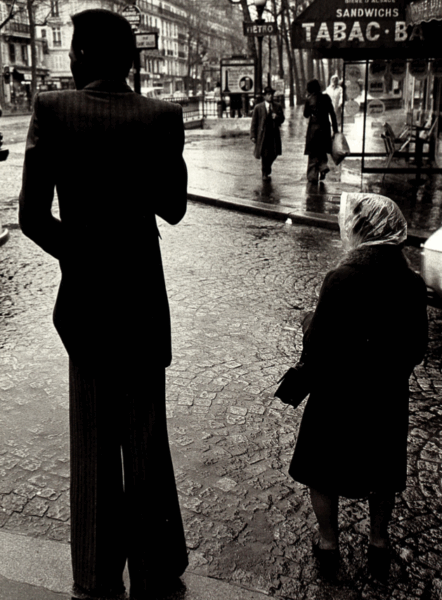The herringboneV-shaped decorative pattern obtained by reproducing, after i More pattern has its origins in the architecture of ancient Rome, when the Romans developed this architectural pattern for paving. However, it was through the production of textiles that the herringbone pattern developed on a European scale.
The weaving technique of the herringbone pattern
Constructed with a twillfabric with diagonal ribs and grooves of varying widths - on More weave, the herringbone is easily recognisable by its regularly opposing oblique stripesline or band more or less wide that marks a fabric More. This zigzag makes it unique and differentiates it from twill, while retaining similar qualities (suppleness, softness, durability). The herringbone pattern can also be called “broken twill weave”.
From soldiers’ uniforms to Savile Row suit
Herringbone weave is more resilient than simple twill. The American Army chose it at the beginning of the Second World War to make the uniforms of its soldiers in a cottonnatural cellulosic textile fiber constituting the seminal ha More fabric: the HBT (herringbone twill). France later used a similar fabric from the Indochina War until the Algerian War.
The herringbone pattern is recurrent in the production of thick tweeds, but also in other fabrics such as Solarowoolen fabric formed by the weaving of red warp threads and More. Initially, weavingthe way in which the warp and weft threads of a fabric are i More was reserved for fabrics intended for intensive use: work clothes or hunting jackets. However, the wealthier classes adopted the herringbone pattern for its aesthetic aspects: this type of weaving accentuates the contrast and depth of colours, as the fibres catch the light differently depending on the orientation of the twill weave. Weavers will then develop herringbone patterns in more precious materials: mohairfine and silky textile material from the hair of the angora More or even cashmere.
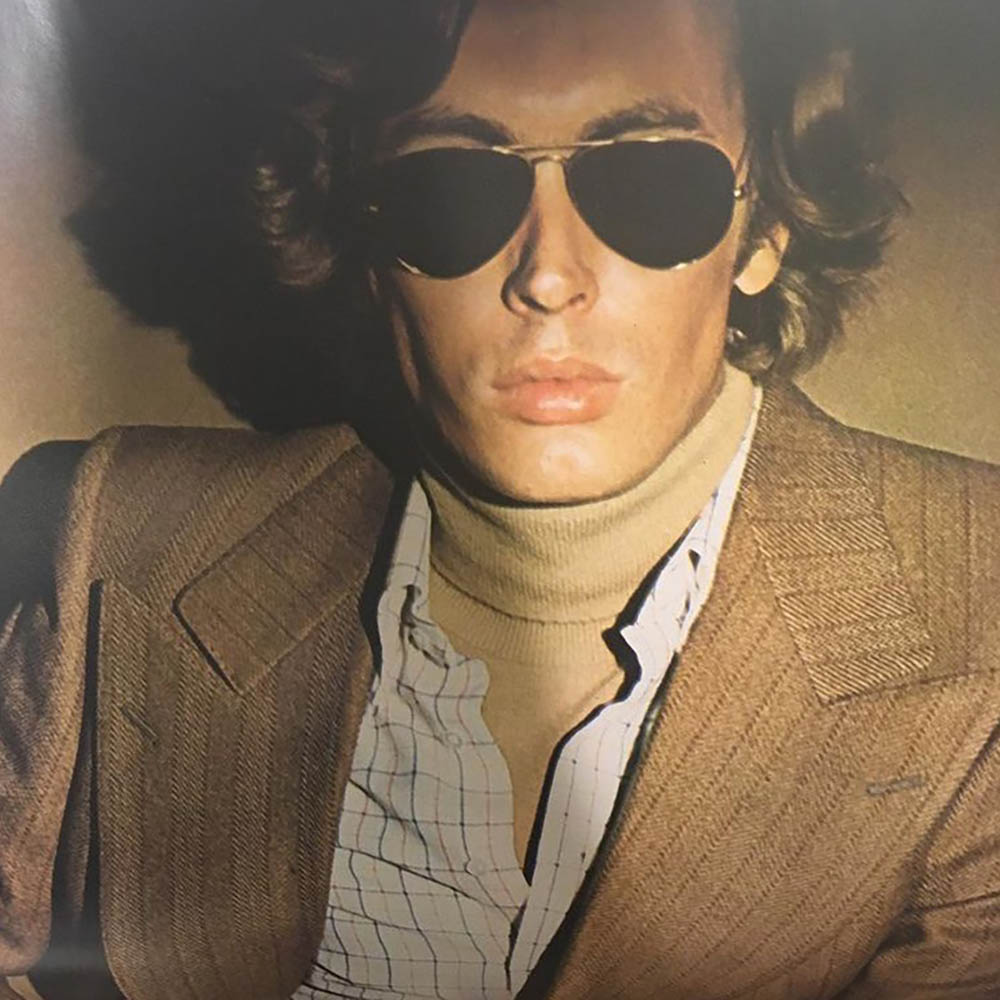
Uomo Vogue. September 1976.
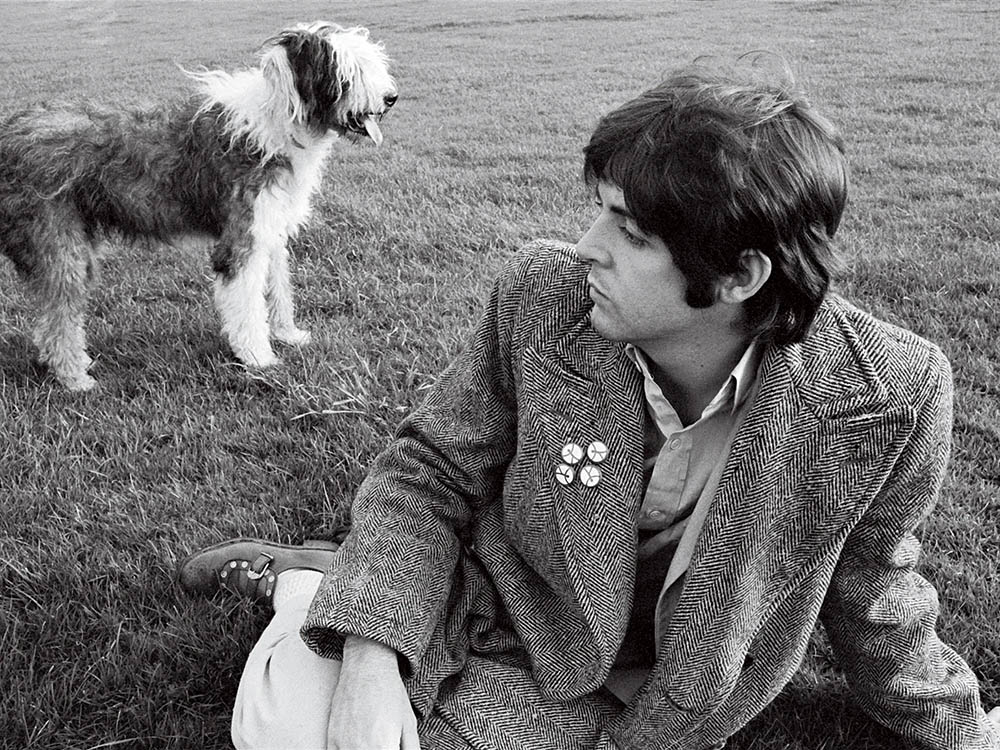
MCCARTNEY, Linda. MCCARTNEY, Paul. London, United Kingdom. 1968.

SAVILLE, Peter, des. OMD, band. English Electric album. 2013.

CORMAN, Richard, phot. BASQUIAT, Jean-Michel, art. New York City, United States. 1984.
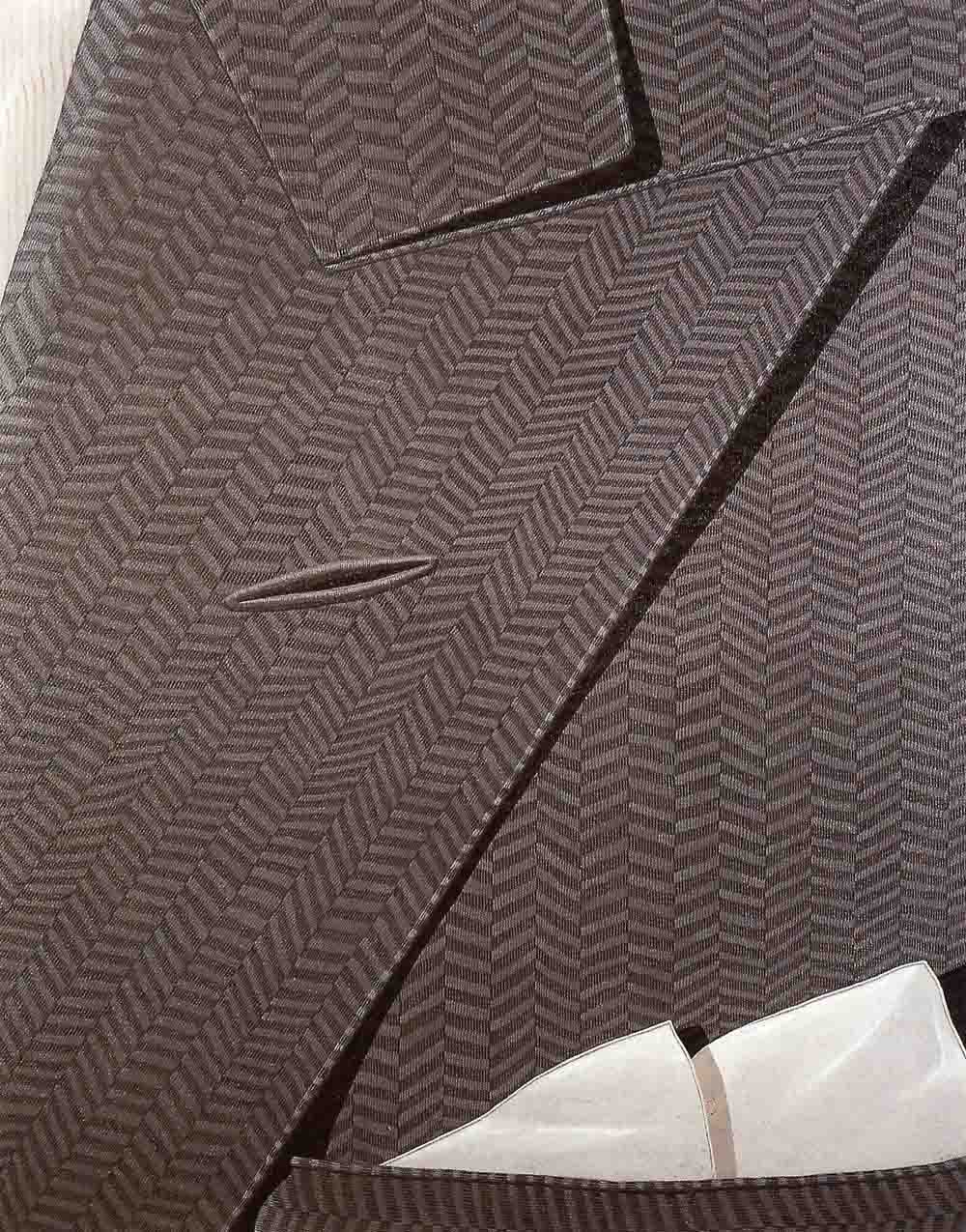
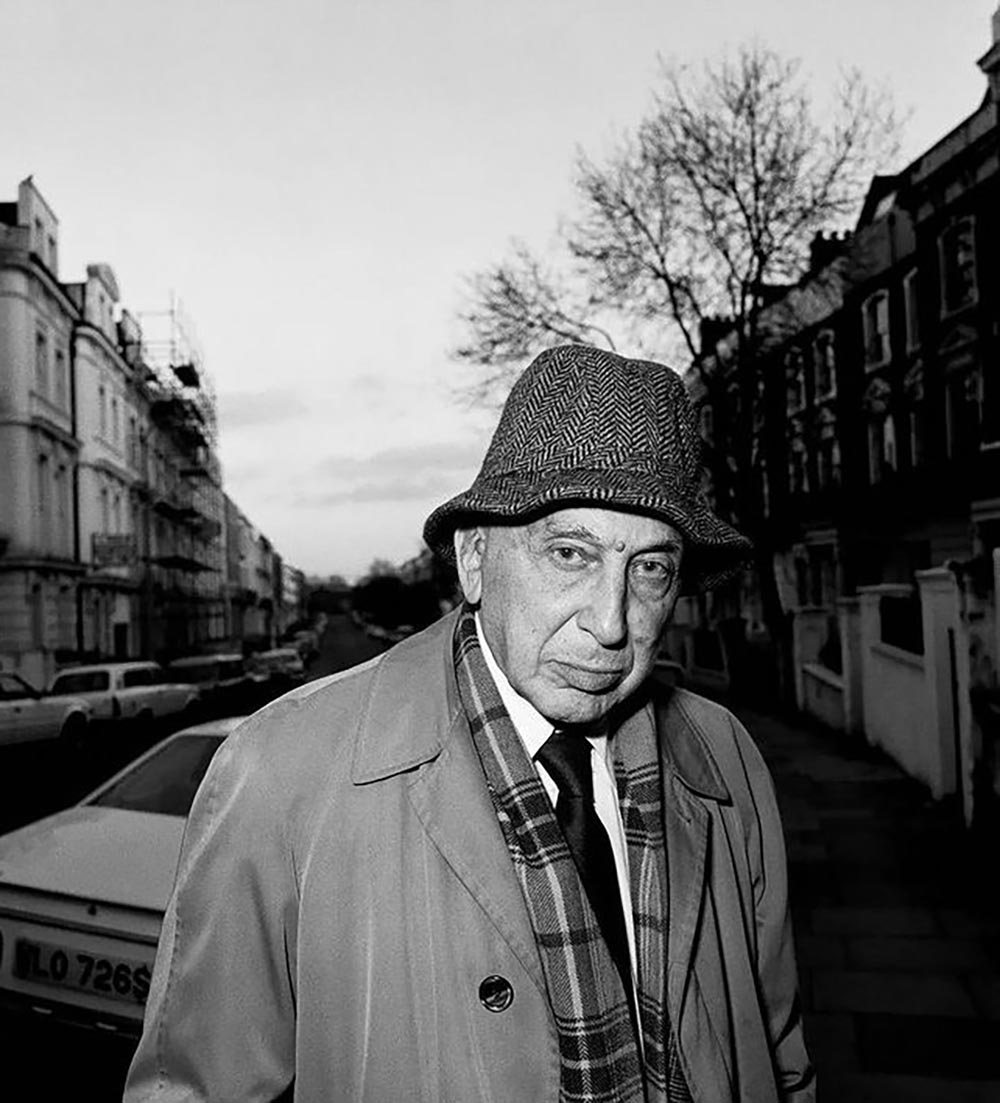
BAYLEY, David, phot. KERTÉSZ, André. London, United Kingdom. 1980.
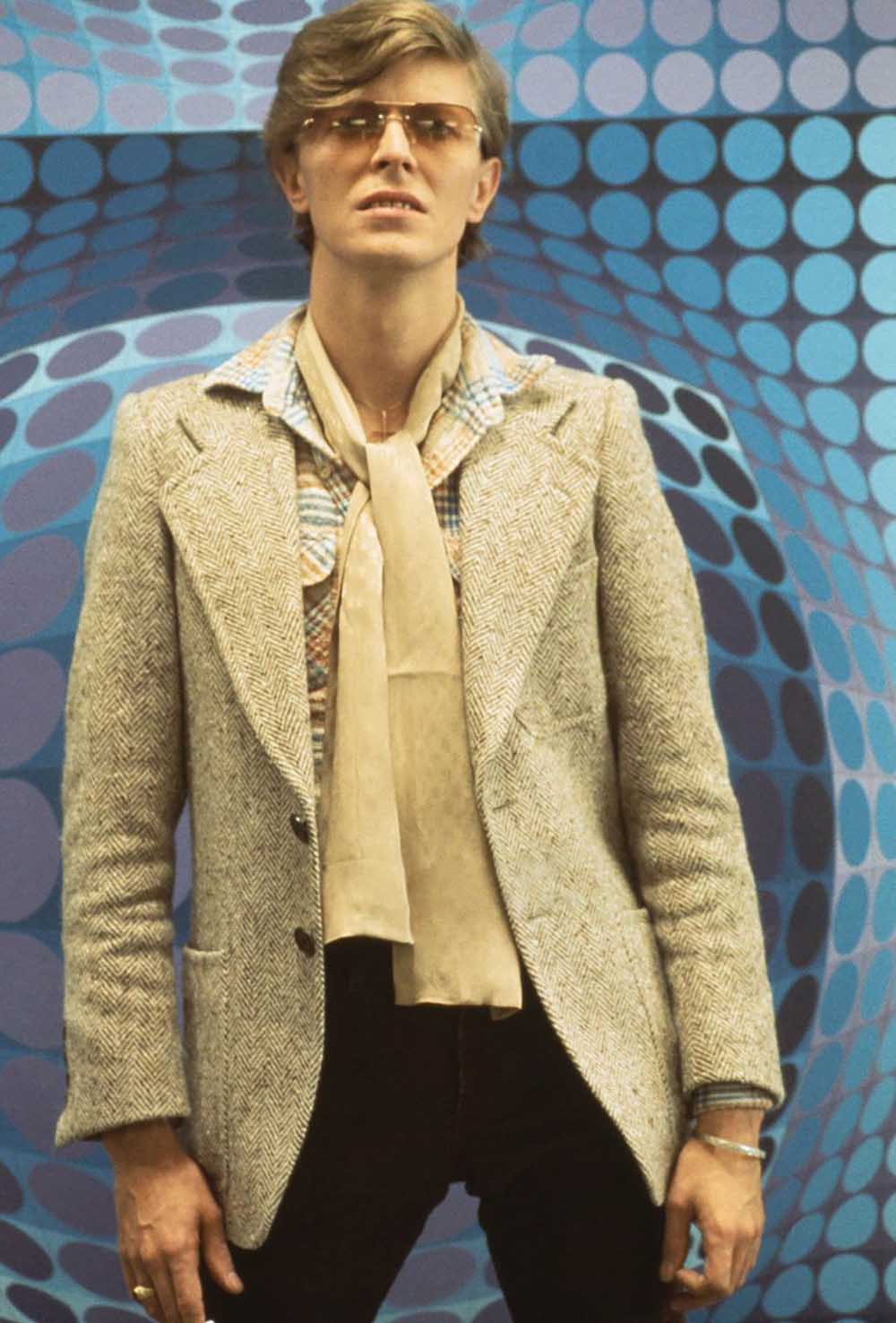
SIMONPIETRO, Christian, phot. BOWIE, David. 1977.
- The Canadian Tuxedo
- The Car Coat « Weekend style with quiet confidence—the car coat speaks without spectacle. »
- A HISTORY OF MEN’S FASHION« Chenoune shows how menswear shifts between fashion and function, individuality and universality—a history that never ends. »
- COTTON« Soft, but with weight. Relaxed, but never shapeless. It carries memory in its creases. »


